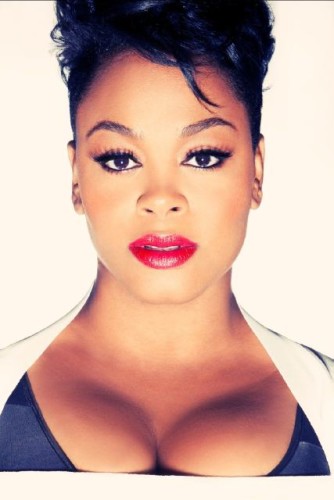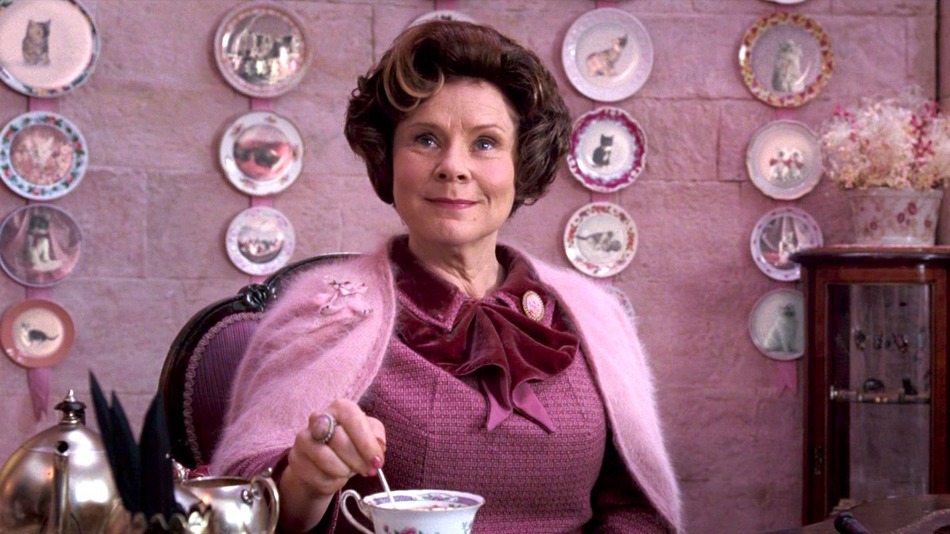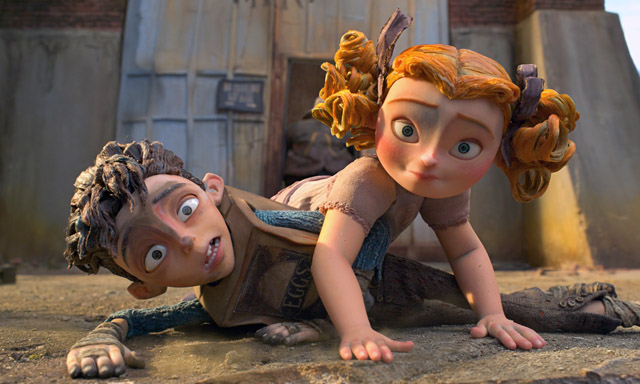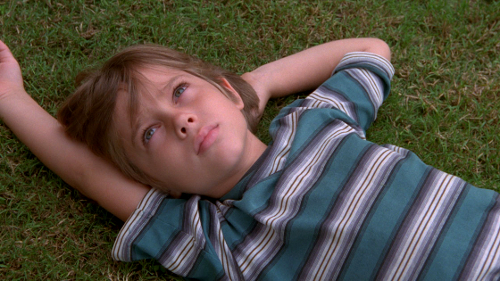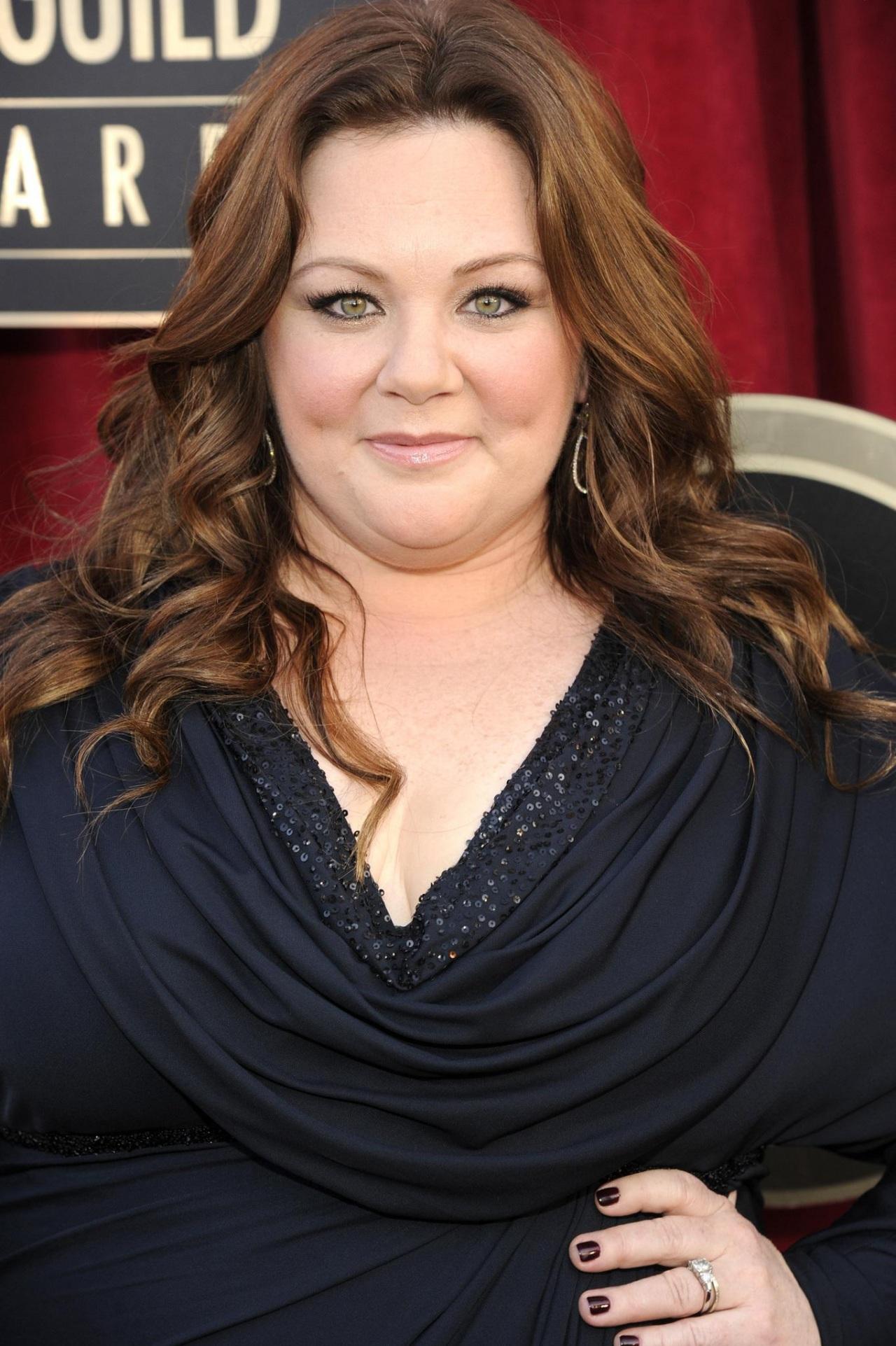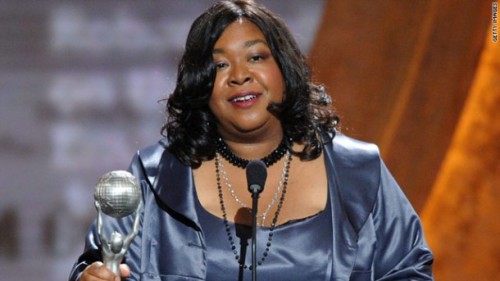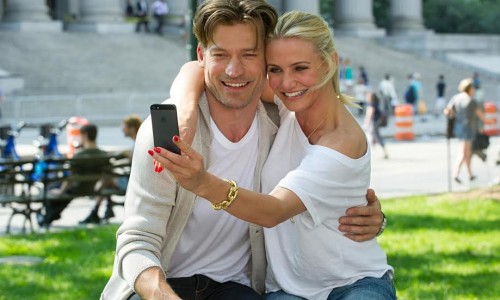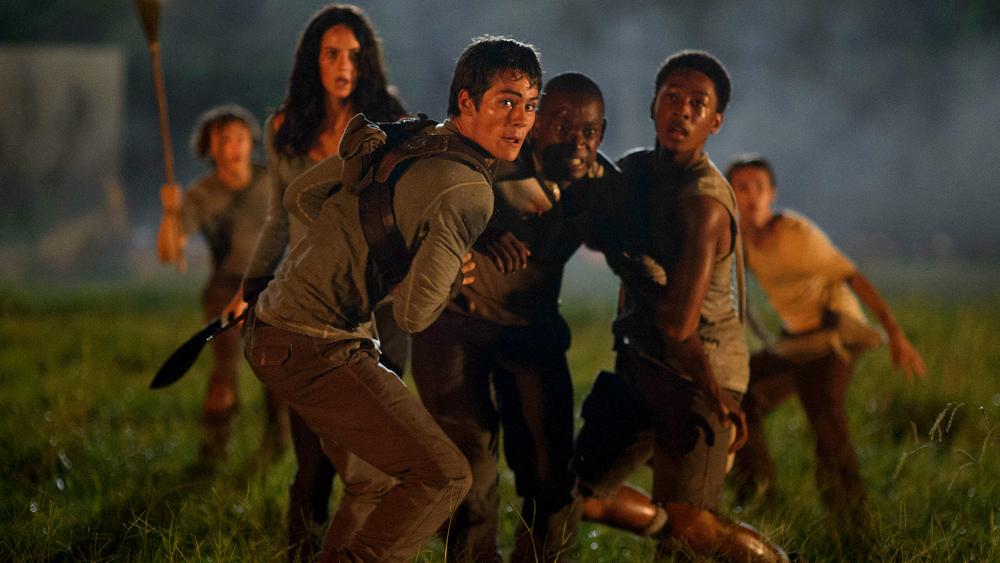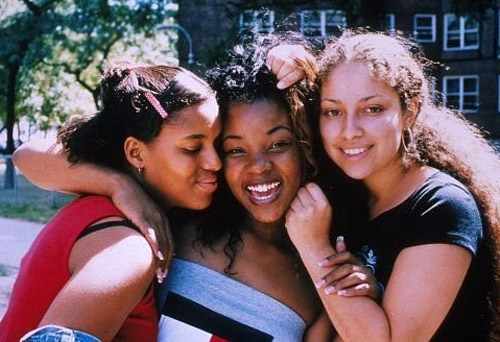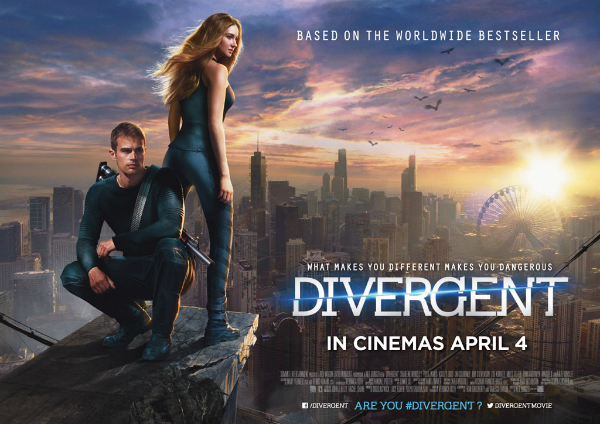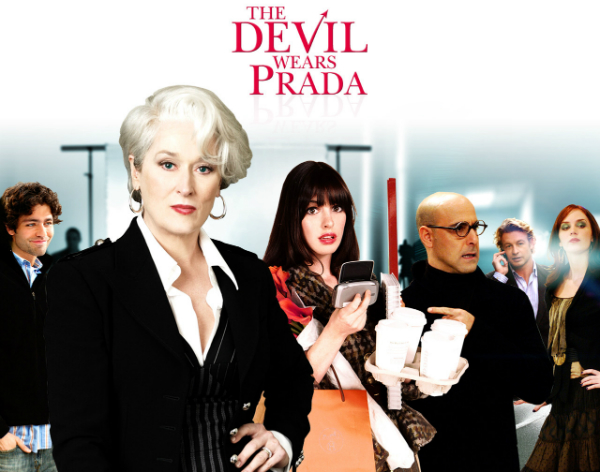Fat, Black, and Desirable: Fat Positivity and Black Women
If these women aren’t seeing any positive images of themselves on screen, how are they able to construct an identity of truth? Even though they can rely on their community for positivity, if it’s not reinforced through media representation then it renders that support useless.
